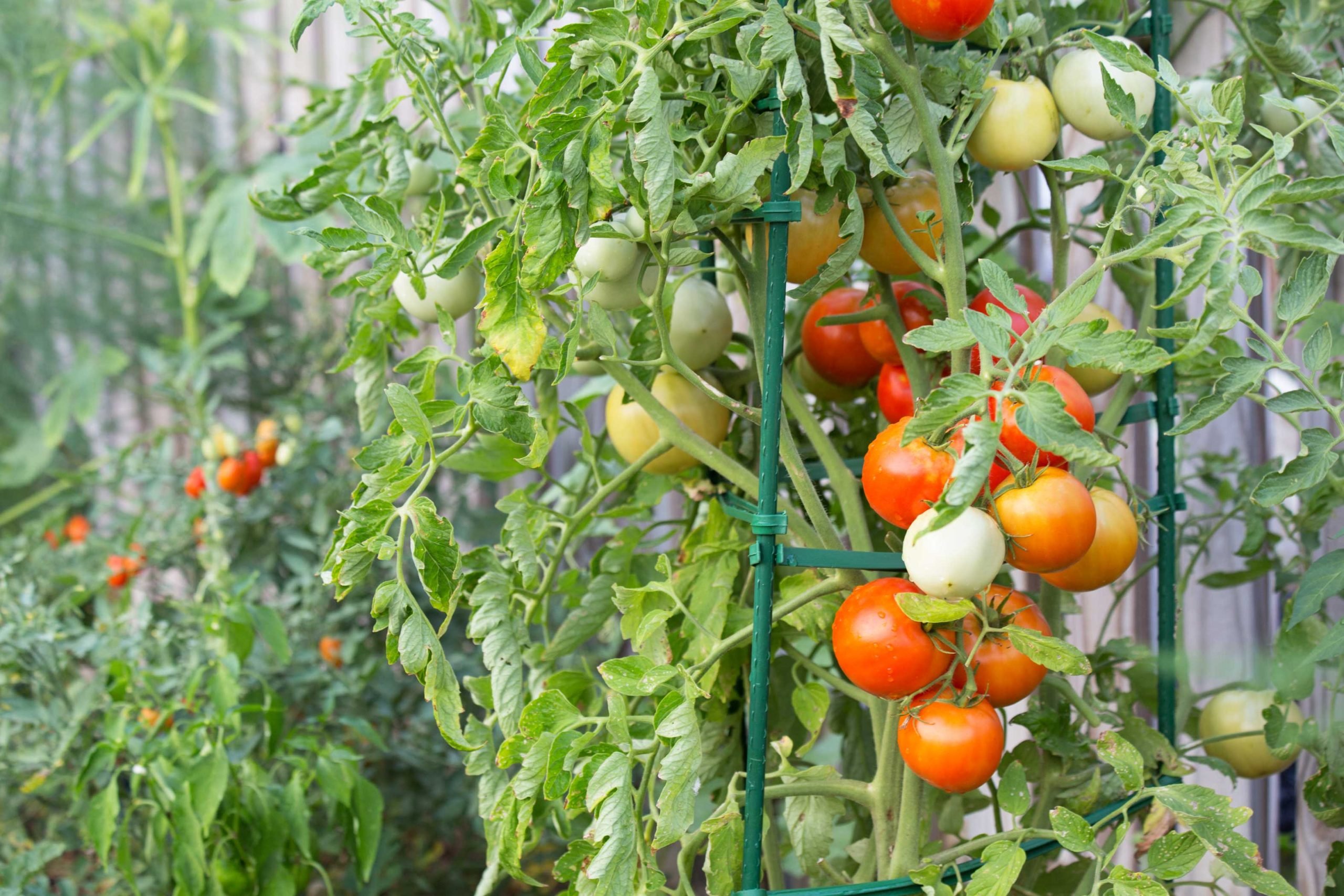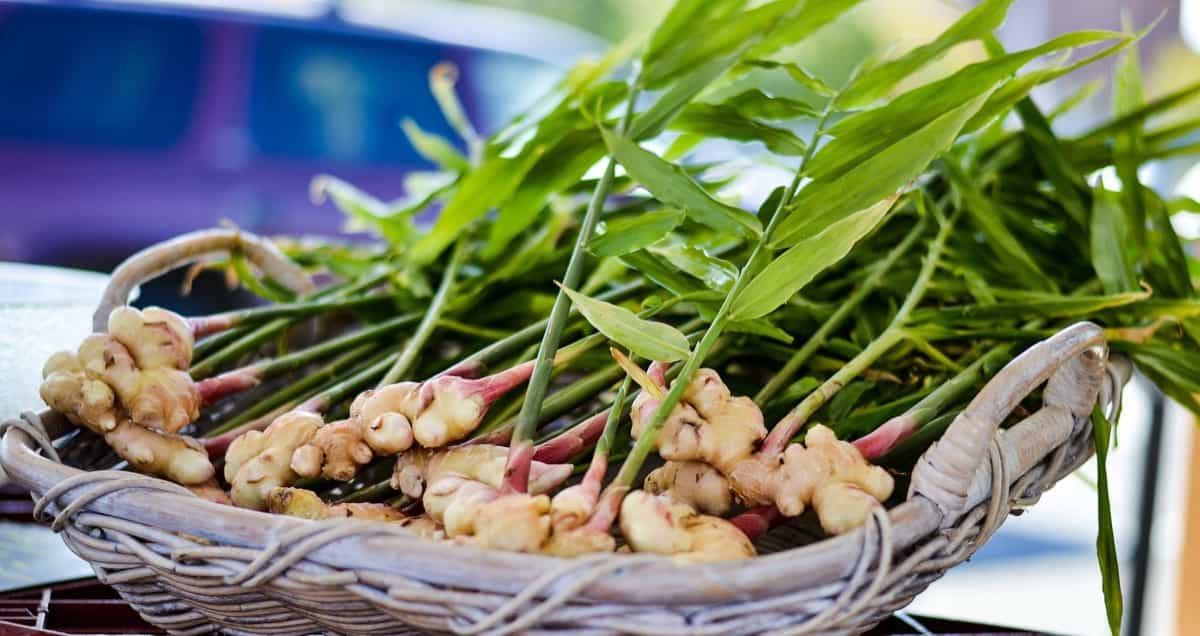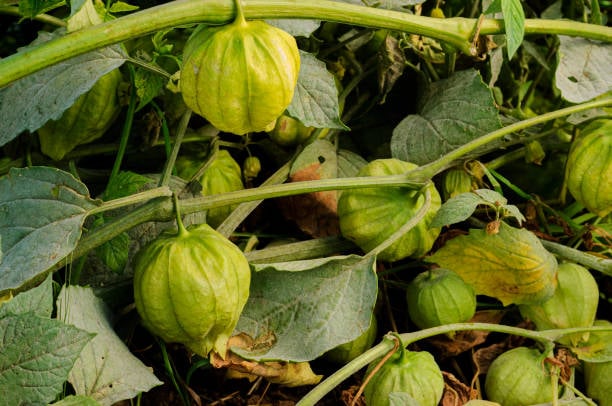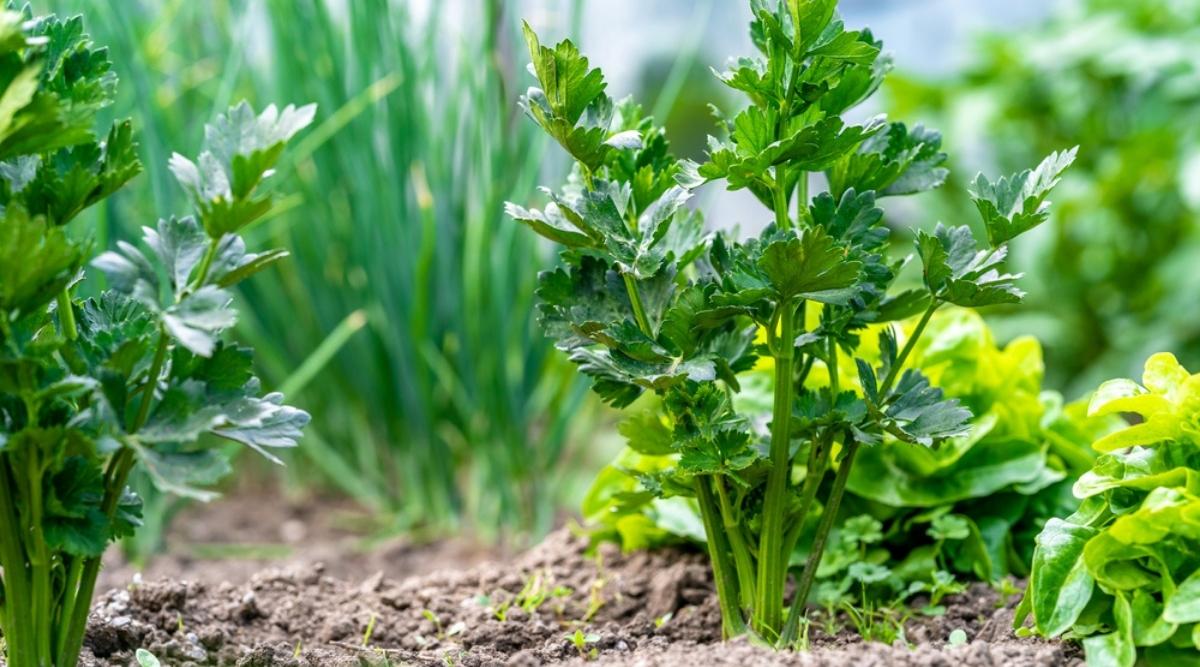The Ultimate Guide to Growing Purple Sprouting Broccoli in Garden
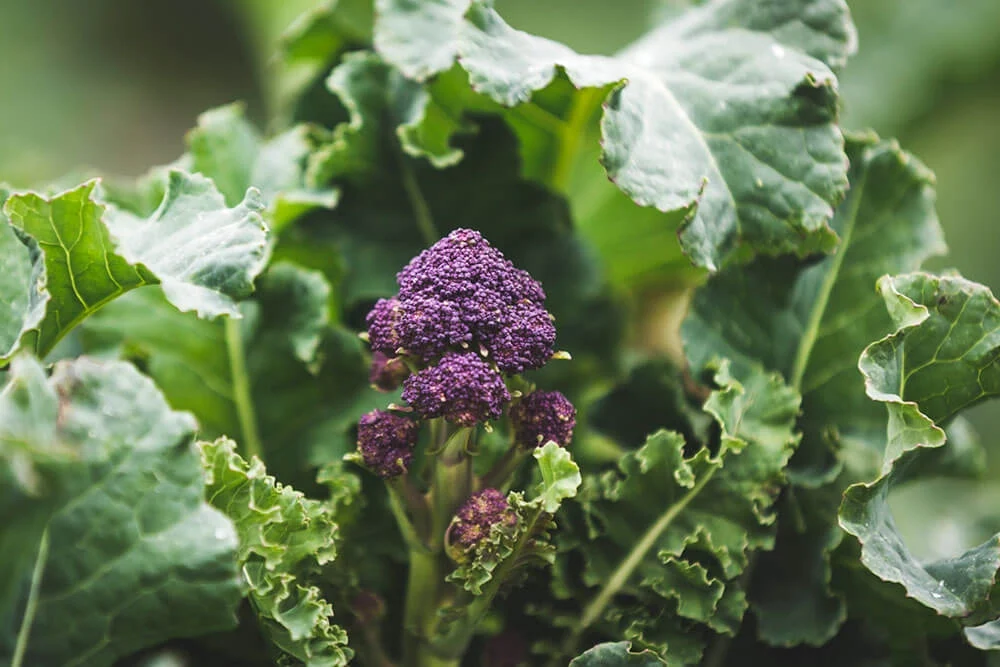
Table of Contents
Purple sprouting broccoli belongs to the Brassicaceae family and is native to Eastern Mediterranean and Central Asian regions; they are also cultivated in Southern parts of Italy. The purple sprouting broccoli tastes very good and nutritious.
The purple sprouting broccoli has a hardness of 6 and can tolerate low temperatures. Growing purple sprouting broccoliis good for health; they are long-harvesting plants. The broccolis can tolerate low temperatures up to -12 degrees Celsius.
Purple sprouting broccoli is a winter vegetable that grows well in cold conditions. They contain phytochemicals and sulforaphane and are rich in Vitamin C, iron, folic acid, calcium, fibre, and Vitamin A. They are good sources of carotenoids.
Purple sprouting broccoli will develop resistance to heart disease and osteoporosis and is good for diabetic patients. They have antioxidative and antimicrobial properties that protect you from non-communicable diseases and enhance your visual and neurological health.
Getting Started with Purple-Sprouting Broccoli
When we said purple sprouting broccoli is a winter vegetable, this veggie can be grown during the mild winters. The plant can also be overwintered during the growth phase. Growing purple sprouting broccoli around 15-20 degrees Fahrenheit will be advisable during winters.
Plant the purple-sprouting broccoli during the summer and leave the plant in the open field to overwinter. During the month of February, the plant will start producing stems and purple sprouts. They show full growth during the month of May and will be matured by the winter. The winter is the best time to harvest the purple sprouting broccoli.
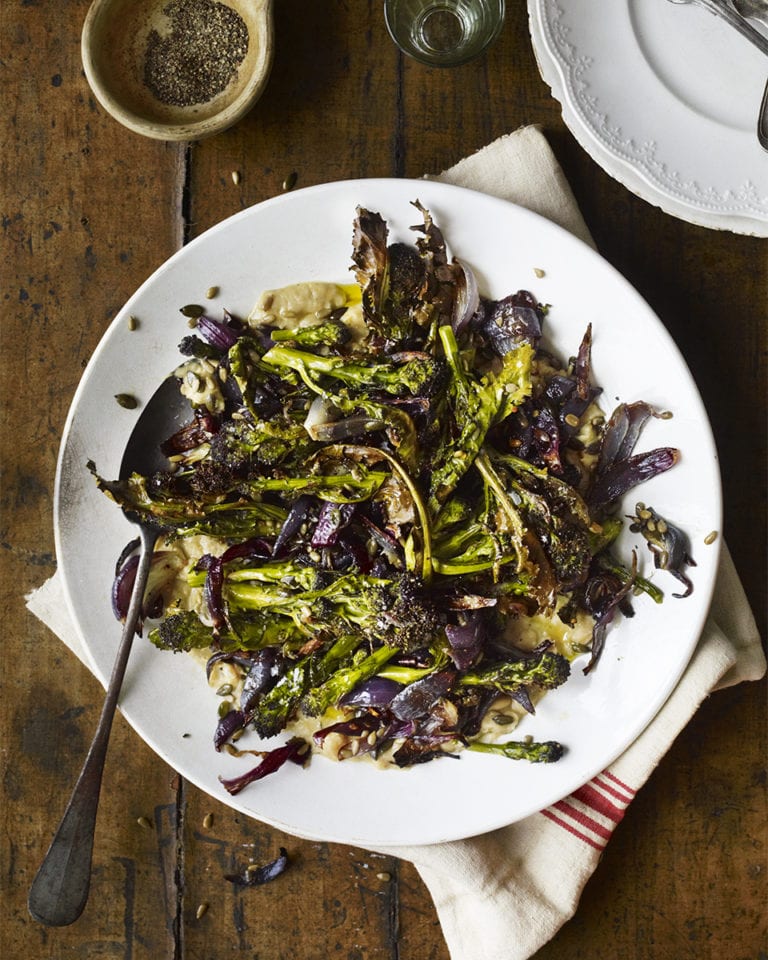
The colour of the plant is purple. This is due to the presence of an antioxidant compound called anthocyanin. The anthocyanin in purple sprouting broccoli will help to prevent cancer and diabetes and helps in obesity.
Growing purple sprouting broccoli has an added advantage to the farmers, especially during winters which will produce a good income in the marketplace. In the winter season, purple sprouting broccoli will be a diversity of fresh vegetables in the market.
The purple sprouting broccoli will thrive well in alkaline soil, and they grow up to 12cm/5 inch tall. The plant merely requires 180 to be grown into a fully matured plant.
Required Conditions to Grow Purple Sprouting Broccoli
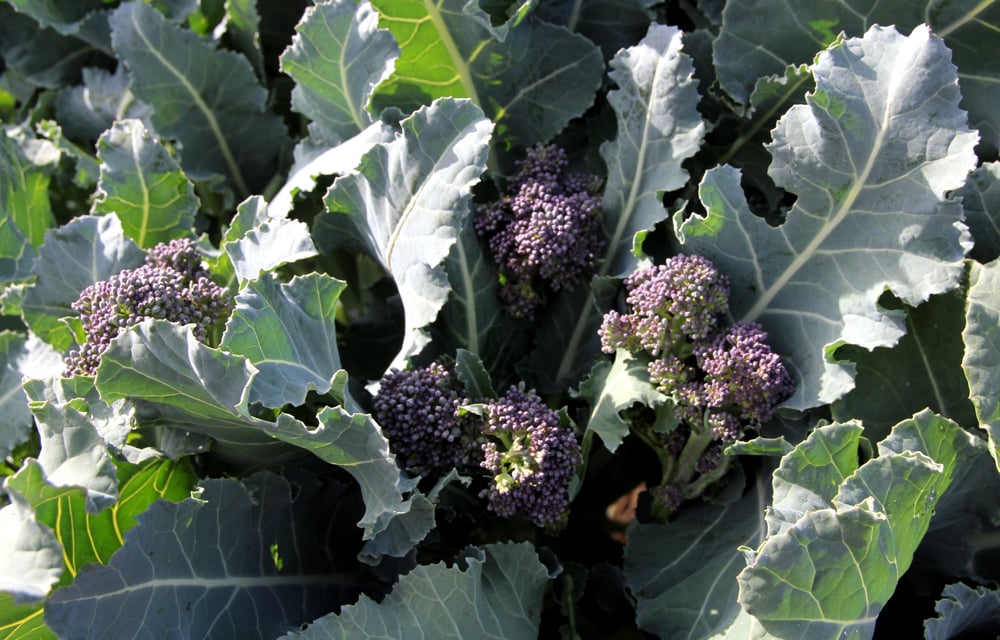
1. Appropriate Location
Growing purple-sprouting broccoli under the full sun is essential for them to sprout. They will tolerate light shade but mostly prefer complete exposure to the sun. Since they grow tall enough, up to 5 inches, they need to be supported with a stake. During windy weather, the tall plants may fall off, so they need to be tied to a stake properly to protect them from strong winds.
2. Balanced Soil
Purple sprouting broccoli will grow well from neutral to alkaline soil. Suppose the soil is acidic; add some lime to change it to an alkaline state. They prefer heavy soil, light clay, and heavy clay for planting, and the soil helps to anchor down the plant. Add some rotten organic compost to the soil to help retain moisture.
3. Proper Watering
Purple sprouting broccoli will thrive well in moist soil, and they require watering regularly. Regular watering will help in retaining moisture and keeps the soil moist always. Though the soil is heavy and they will grow in cold conditions, we mulch them to avoid drying out and protect them from heavy frost. Mulching will reduce hand watering and help to retain moisture.
4. Vernalization Process
The process of plants being dormant during cold temperatures, which helps them in preparing for the rest of the year, is called vernalization. The plant must be kept in cold conditions below its threshold. The required cold condition and duration depend on the plant species and varieties. After vernalization, the plant is capable of flowering throughout the year. Suppose the winter cold condition was not enough for the plant. They will perform poorly during that year and will not produce any flowers. Thus, vernalization is an important factor in growing purple-sprouting broccoli.
Growing Purple Sprouting Broccoli in a Pot
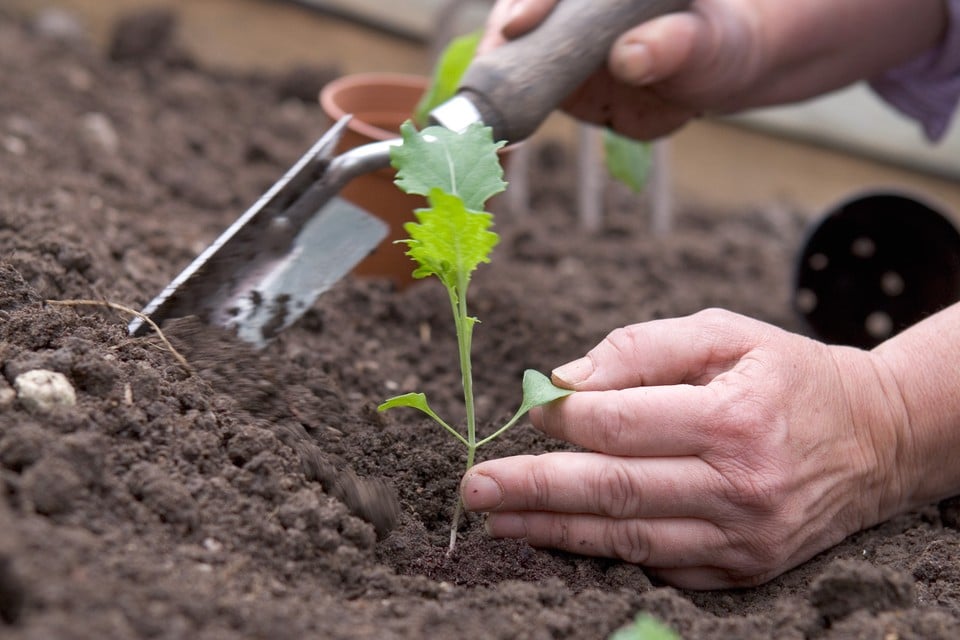
If you are growing purple sprouting broccoli less than ten, sow them in small pots. They will grow in the small pots until they are ready to move into their original position. Alternatively, you can sow them in module trays which are 2cm/1 inch in width.
Fill the pot/ module with potting compost and make sure they are free of lumps. After filling the compost, tap them gently twice so the compost will settle slightly. Make a small hole in the pot and sow the purple sprouting broccoli seed about 1.5cm deep.
Cover the seeds with soil, make it slightly firm, and do not leave the soil loosely. Place the pots on top of a tray filled with water up to 2cm. This will not disturb the sown seed while watering from above and will avoid water clogging.
The purple-sprouting broccoli seeds will require 21 degrees to 27 degrees Celsius to germinate quickly. The seeds can germinate in total darkness but need a lot so light after germination for better growth.
After germination, they need low temperatures for further growth, and the best place is a greenhouse or windowsill. The greenhouse or windowsill must have a temperature range of 21 degrees to 27 degrees Celsius.
You need to keep the greenhouse ventilated during the hot conditions as they require cold conditions. Sow two seeds per pot and pinch the weak one with your fingers once both grow up. If they are sown in modules, transplant them to small pots after four weeks.
How to Care for the Purple Sprouting Broccoli?

Though growing purple-sprouting broccoli seems to be easy, they still need to be taken care till maturity. They need to be fed with proper nutrients to grow and perish. The purple sprouting broccoli will grow well if fed with nitrogen-rich fertilizer in the beginning stage of growth.
Feed the plant every once a month till October for enough nitrogen to grow and feed them fish, blood, and bones. This will increase other nutrients level. They need adequate water, so water them regularly, especially during dry conditions.
Monitor the purple sprouting broccoli regularly and remove any yellow leaves in the plants which may cause any disease. Practice using pest prevention and cover them with mesh to avoid drying out.
During warm temperatures, the plant will produce premature seeds, but in UK weather, it is the soil temperature will do the job. To avoid premature seeds add mulch to the soil as this will maintain the soil temperature and will retain moisture.
The purple sprouting broccoli is a tall plant that will grow in inches, and they need stakes as support, particularly during windy weather. Harvesting purple sprouting broccoli is easy, as the central spear-like forms first and then from the side shoots. It is best to cut as soon as harvested, and it can be refrigerated for a couple of days.
Steps to Plant Purple Sprouting Broccoli
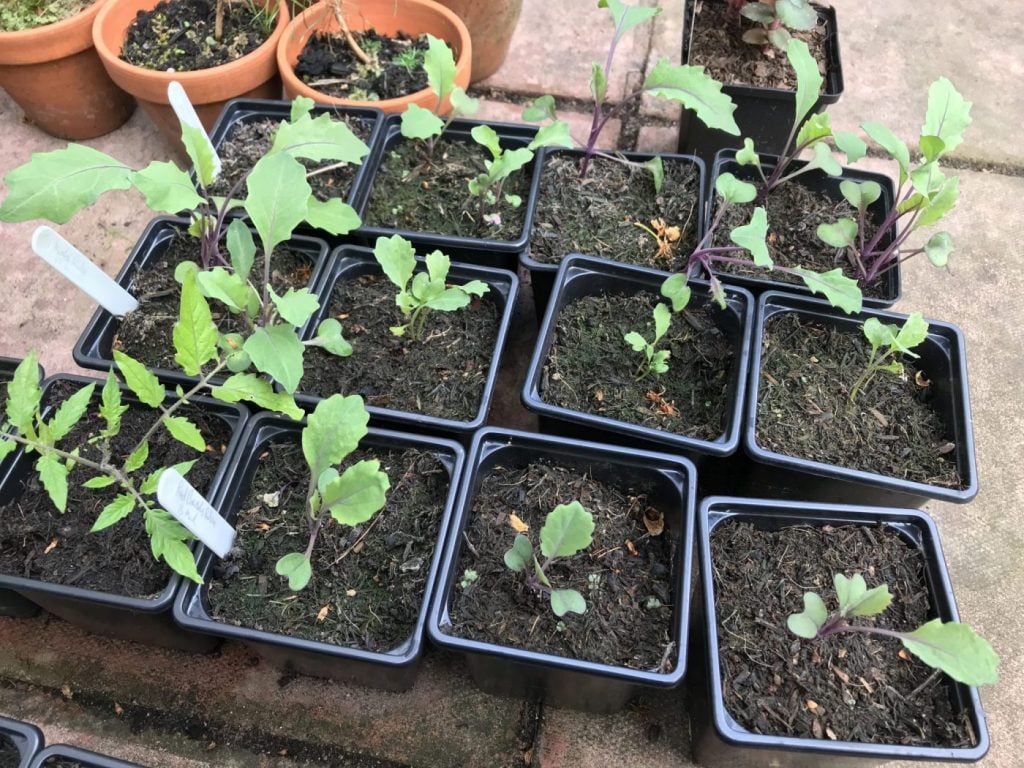
The purple sprouting broccoli is easy to harvest, but planting and growing them needs extra care. Growing purple sprouting broccoli is easy if the required conditions for growing them are satisfied. As they are a long-harvesting crop, we will see the planting of the purple-sprouting broccoli in 4 steps.
Step 1: The first step will be to show the purple sprouting broccoli seeds in the pot. Choose an appropriate pot and fill them with alkaline-rich compost and with good quality seeds. Place them under complete exposure to the sun, and once they are grown enough, prick them. Prick them into 9 cm pots and water them regularly to keep the soil moist.
Step 2: If there are any large stones, debris, or perennial weeds in the pot filling, remove them, as this will be an obstacle to their growth. If the soil is light, bulk organic matter is essential, and for heavy soil too. Adding organic matter to the soil will help the soil retain moisture and adds texture to the soil. If the soil is acidic, add some lime to it and firm the soil around the plant, as it does not like loose soil.
Step 3: Once the plant grows up to 7 to 9 cm tall, transplant them to their original position. Keep in mind to water the plant well before removing it from the pots. If you’re going to place the grown purple sprouting broccoli in the garden, space the pants 50 to 60 cm apart in rows. As they are large plants, the distance is important. Place them firmly on the ground and water them well.
Step 4: Purple sprouting broccoli needs moist soil to grow well, so keep them moist always. Regularly check for weeds and remove them immediately. Use the liquid feed to the plant if you find growth is slow and if the purple bud in the plant did not appear. Cover the plant with fleece or mulch to keep the insects and birds away from the plant.
Summing Up
All in all, Growing purple-sprouting broccoli is an enjoyable experience that provides a bountiful harvest of delicious and nutritious vegetables. From this guide, you will have gained knowledge about the tools and conditions you need to grow your purple-sprouting broccoli in the garden.
Start with healthy soil rich in organic matter, sow them in pots initially, and once they have grown enough, you can transplant them to the final place. Provide them with adequate water, sunlight, fertilizer, and food to grow strong and healthy.
By following the above steps, make sure there is a steady supply of purple sprouting broccoli t home from the garden. Season gardener or beginner, growing your vegetable is like connecting with nature and rewarding your health by consuming nutritious food.
So, why not give it a try?


